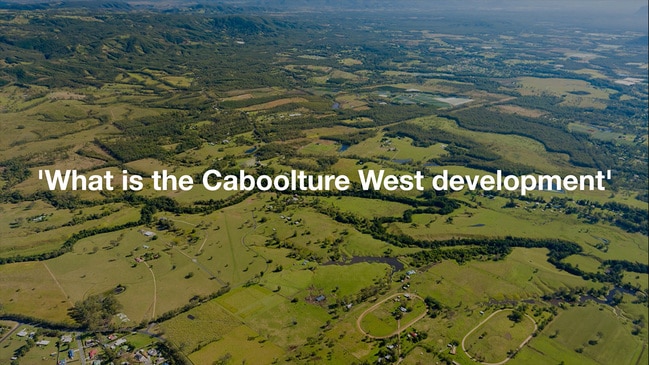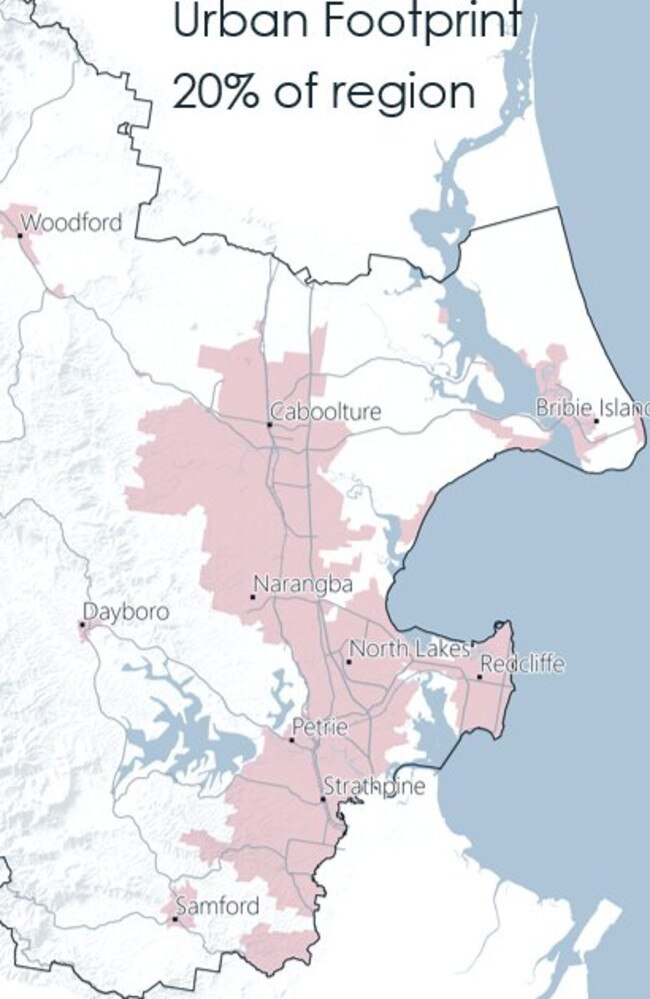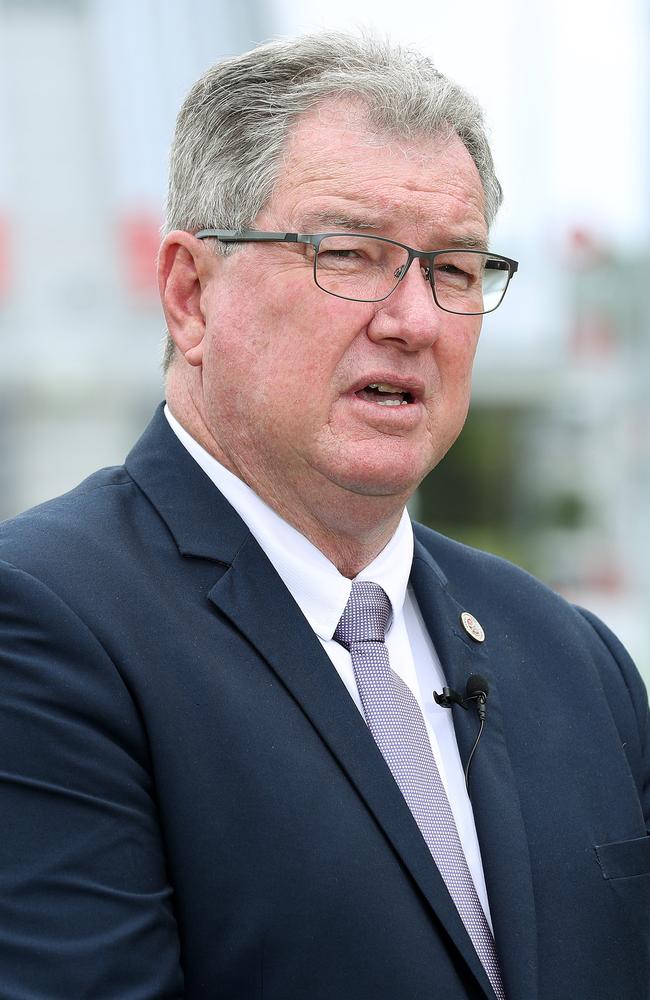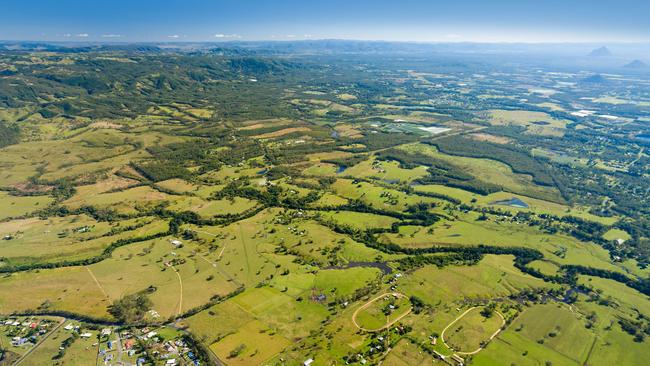Urban footprint limit to protect green spaces of huge local government area
A southeast Queensland council will focus on going up, not out, when it comes to development, in a bid to save the region becoming part of a ‘mega city’ from the Gold Coast to the Sunshine Coast.

Moreton
Don't miss out on the headlines from Moreton. Followed categories will be added to My News.
In a bid to protect green spaces and stop southeast Queensland becoming a mega city from Coolangatta to Coolum, a local government has an ambitious goal of protecting 75 per cent of its landmass from development.
Moreton Bay Regional Council (MBRC) Mayor Peter Flannery announced the council’s goal to keep the urban footprint of the region at 25 per cent of its landmass, but no specific timeline was given.
To achieve 25 per cent, Mr Flannery said the focus would be on infill development in existing urban areas and increasing building heights in those areas.
Allowing another five per cent of urban footprint would cater for the huge Caboolture West satellite city development, covering over 3000 hectares and eventually supporting a population of 70000.

“I’ve repeatedly said we must learn from the mistakes of other cities, and in 2023 we will start putting that into a positive plan of action that will make Moreton Bay look and feel different to the rest of southeast Queensland,” Mr Flannery said.
“I believe Moreton Bay is the only council now capable of preventing southeast Queensland becoming a mega city that sprawls from Coolangatta to Coolum.
“By protecting 75 per cent of Moreton Bay from urban development we’ll ensure we retain important, productive rural areas, green space and habitat for wildlife.
“If we do this, not only will we be the green belt between Brisbane and the Sunshine Coast, we will become the lungs of southeast Queensland.
“Of course that means limiting new greenfield housing construction, which means a serious conversation as a community about how we manage growth, and a big part of that is building up, rather than out.
“Specifically, where can we sustainably create greater density in order to provide for human population growth in order to protect the homes of native animals.”

Kindred Property CEO Joshua Kindred said MBRC needed to review their position on building heights and increase development approval in existing urban areas.
“The commitment doesn’t mean a lot without the context,” Mr Kindred said.
“What I think it does show is a commitment to continued development in our urban areas now with infill development and increasing heights.
“We need to focus on making sure development approvals in the immediate 20 per cent serves the Moreton Bay Regional Council area.
“You’ve got an entire coastline all through the Gold Coast, all through Brisbane is all developed and you get Redcliffe and there’s no development at all on the coastline, then you get to the Sunshine Coast and it’s developed all along the coastline.
“People want to live on the coast so we need to be prepared to develop appropriately and there’s space for that, without needing to go west and take our green space.”

Mr Flannery also announced residents would receive green bins for garden organics, ahead of a full-scale Food Organics Garden Organics (FOGO) service being rolled out, and he said council wanted to work towards net zero carbon emissions for its operations.
“But I want to be honest and authentic with our community about these challenges, so that we are transparent in the tough decision we have to make,” Mr Flannery said.
“For example, unlike other Council’s and organisations, I don’t want to just purchase carbon credits. I want us to do the hard work ourselves to make a real difference.
“Right now, over half of our emissions come from waste, so introducing FOGO will go a long way to addressing the issue.
“I also want to divert 85 per cent of waste from landfills and increase our recycling rate by 70 per cent by 2040.”




